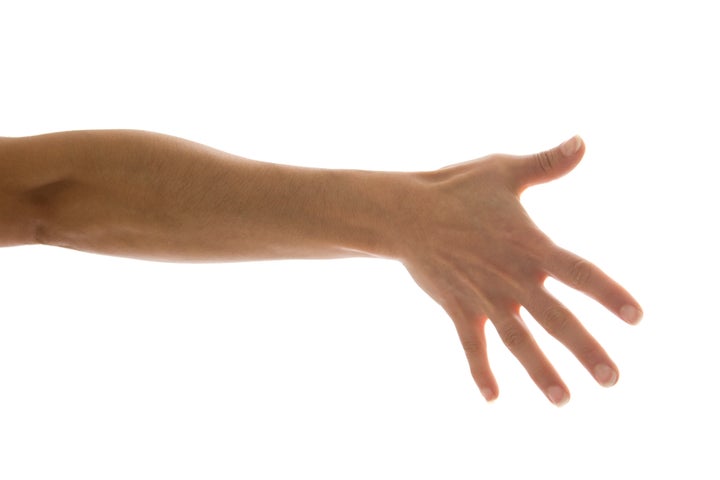Scientists have traced our fingers all the way back to our piscatorial ancestors in a new study which reveals why we have five digits on each hand.
Researchers in Canada have identified two genes – hoxa13 and hoxd213 – that form both fin rays in fish and fingers in humans.
Yacine Kherdjemil, a doctoral student at Montreal University and first author, said: “This result is very exciting, because it clearly establishes a molecular link between fin rays and fingers.”

But the study reveals that the transition took some time, raising questions about why humans ended up with five fingered hands.
Fossil records show that our ancestors were polydactyl, meaning they had more than five digits per hand.
Montreal’s Dr Marie Kmita, team leader, said: During development, in mice and humans, the hoxa11 and hoxa13 genes are activated in separate domains of the limb bud, while in fish, these genes are activated in overlapping domains of the developing fin.”
The research team were then able to genetically engineer mice to develop seven digits per paw using fish-type regulation for the hoxa11 gene.
They also identified the sequence of DNA responsible for the transition between fish and mouse-type regulation for the hoxa11 gene.
“It suggests that this major morphological change did not occur through the acquisition of new genes but by simply modifying their activities,” added Dr. Marie Kmita.
The study suggests that malformations during mutations may come not just from mutation in the genes but also the regulatory sequences of DNA.
Marie Kmita said: “At present, technical constraints do not allow for identifying this type of mutation directly in patients, hence the importance of basic research using animal models.”
